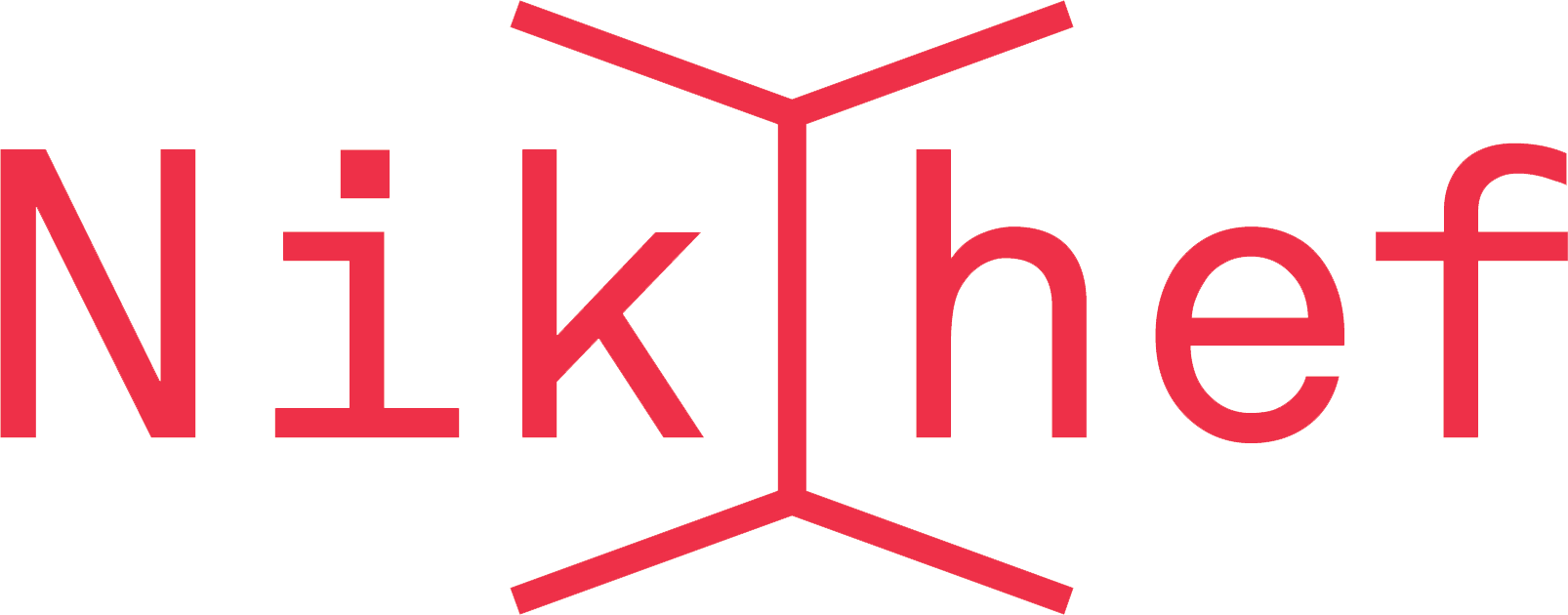On July 23rd 2003, exactly 20 years ago the Virgo detector was inaugurated. The official start of its scientific and technological mission was celebrated in an important ceremony, attended by government representatives of Italy and France, the presidents of the two funding agencies, the Italian National Institute for Nuclear Physics and the Centre National de la Recherche Scientifique, and prestigious personalities from the scientific community and academia.
These twenty years of life are symbolic, as Virgo wasn’t truly born on July 23rd 2003, but at least 20 years prior, when Adalberto Giazotto and Alain Brillet came up with a plan to pursue an “impossible” scientific mission, detecting gravitational waves. In 1985 the two met in Rome and shared their respective ideas to build a gravitational wave detector in Europe as each of them was already developing technologies that would become crucial for Virgo (the superattenuator and a new solid state laser, respectively).
What appeared at the time as an ambitious experiment is today an extraordinary reality of excellence in European research. Today, Virgo is an international experiment around which more that 800 scientists from 15 different countries orbit. It is hosted by the European Gravitational Observatory (EGO), a consortium of INFN and CNRS, as well as the Dutch NWO-I, The Netherlands Foundation of Scientific Research Institutes, who joined them later.
The 20th anniversary, this year, of Virgo’s inauguration is therefore an opportunity to celebrate the significance and impact on science, knowledge, but also society, of the experiment’s scientific and technological successes, and to reflect on the future of the scientific revolution triggered by the discovery of gravitational waves.
Retracing Virgo’s history
That is why it is worth retracing some of the crucial steps of this extraordinary scientific, technological and human adventure, which actually began 40 years ago (taking into account the 20 before and those after the 2003 inauguration).
In 1989, Adalberto Giazotto and along with their teams of no more than 10 people, submitted a proposal to INFN and CNRS, the institutions they worked in, to build an interferometer to detect gravitational waves in Europe. It was a very bold proposal, an experiment that few people truly believed could succeed but the two funding agencies decided to accept the challenge.
The next step was to find a location to build the detector, not such an easy task: the land had to be completely flat, and able to accommodate a 3 km long L shape without encountering any houses, transmission towers, canals or other obstacles. Thanks also to a very farsighted mayor the choice fell on the small city of Cascina, near Pisa.
On May 6th 1996 the construction of Virgo officially started, and soon the organisation of the works and management of resources became more and more complex, so INFN and CNRS decided to fund a consortium, that would become the institutional home of Virgo: the European Gravitational Observatory (EGO), officially founded in 2000.
On the 23rd of July 2003, 20 years after its conception, Virgo was inaugurated, but the best was yet to come. Now scientists started working hard to operate this incredibly complex brand new machine, and to make it more and more sensitive, in the hope that one day it would be sensitive enough to detect gravitational waves. In 2007 the Virgo Collaboration joined forces with the LIGO Scientific Collaboration, which in the US was working towards the same goal with their own two detectors: the LIGO-Virgo Collaboration was born, a shining example of global cooperation for science.
Decades of efforts were repaid in 2015, when the LIGO interferometers detected the first ever gravitational wave, a Nobel prize-worthy discovery. That discovery, and in 2017 the first joint detection by Virgo and LIGO of the fusion of two neutron stars, marked the beginning of a new era of Astronomy, opening an entirely new window of observation and exploration of the Universe.
With the third observation run, which ended in 2020, Gravitational Astronomy took its first steps, giving us a glimpse of a yet unexplored cosmic landscape. We expect even more from the present run!
Contacts
Via E. Amaldi,5
56021 Cascina (PI) – Italy
Tel +39 050 752511
Contact us
How to reach us




